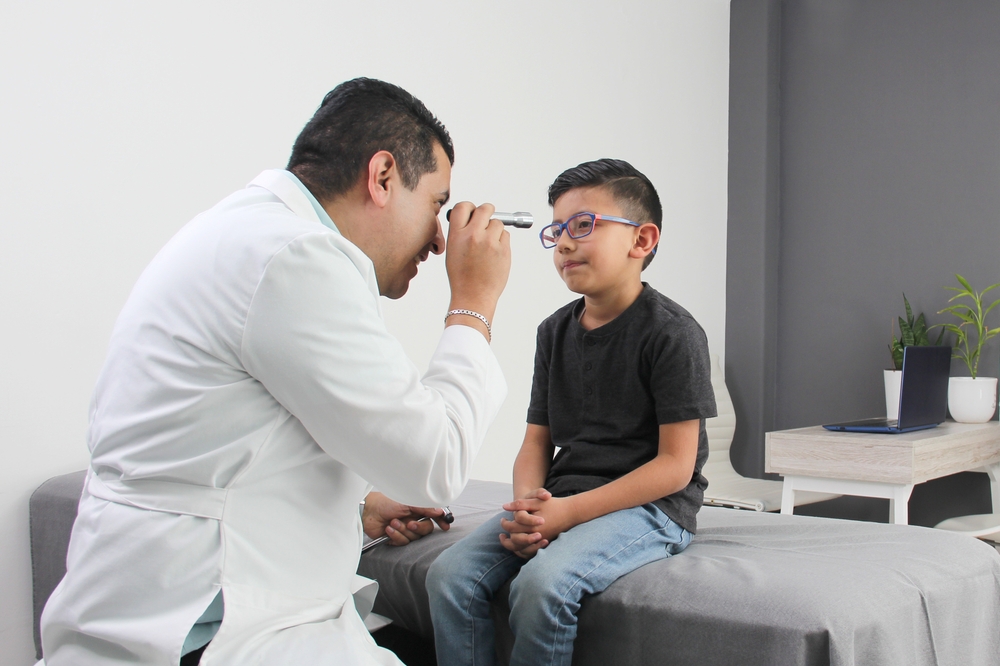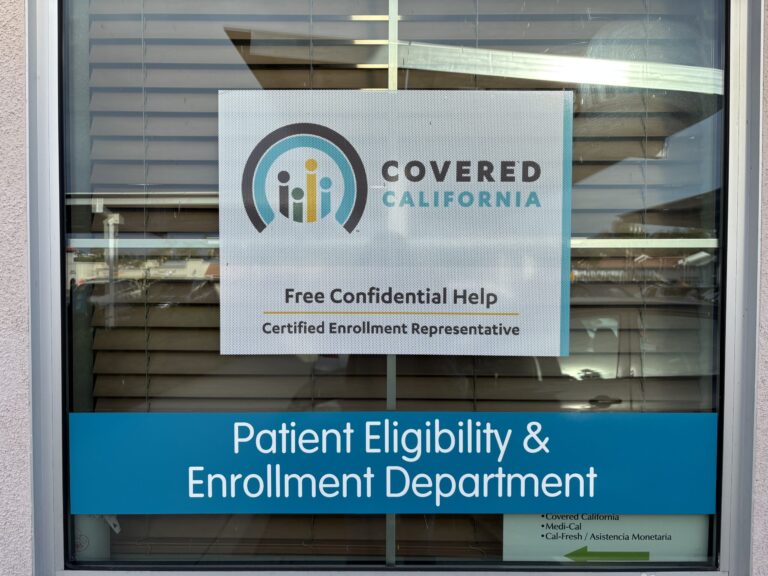By NCI
April is Minority Health Month, and health disparities persist in many minority communities like Latinos. The 2022 US Census shows that Latinos are the ethnic group with the highest uninsured rates; 16.8% had no health insurance coverage compared to 5.3% of non-Hispanic whites.
Private health insurance is less common for Latinos; 51.5% had private health insurance coverage, compared to 74.1% of non-Hispanic whites.
Social Factors
According to the Centers for Disease Control and Prevention, Latino health is influenced by language and cultural barriers, a lack of access to preventative care, and a lack of health insurance. These factors are called social determinants of health (SDOH) and they play an important role in health and quality of life.
The SDOH that most influence health among minority groups include poverty, limited access to healthcare, and lack of education. Other factors include unsafe neighborhoods, discrimination, or money troubles, all of which affect health and safety.
Conditions
According to the US Department of Health and Human Services, Latino mothers are 90% more likely to receive late or no prenatal care as non-Hispanic white mothers. Latino adults are 60% less likely to receive mental health treatment than non-Hispanic white adults, which may be because they don’t have access to treatment or are ashamed of it.
In 2018, Hispanic women were 20% more likely to be obese than non-Hispanic white women. Hispanic men were 10% more likely to be obese than non-Hispanic white men.
According to the 2023 National Healthcare Quality and Disparities Report, in 2021, the five leading causes of death among Latinos were:
Covid-19
Heart disease
Cancer
Accidents
Stroke
Illnesses that affect Latinos more include:
Asthma
Liver, stomach, cervical, and bile duct cancer
Chronic liver disease
Diabetes
Renal disease
Viral hepatitis
HIV and AIDS




